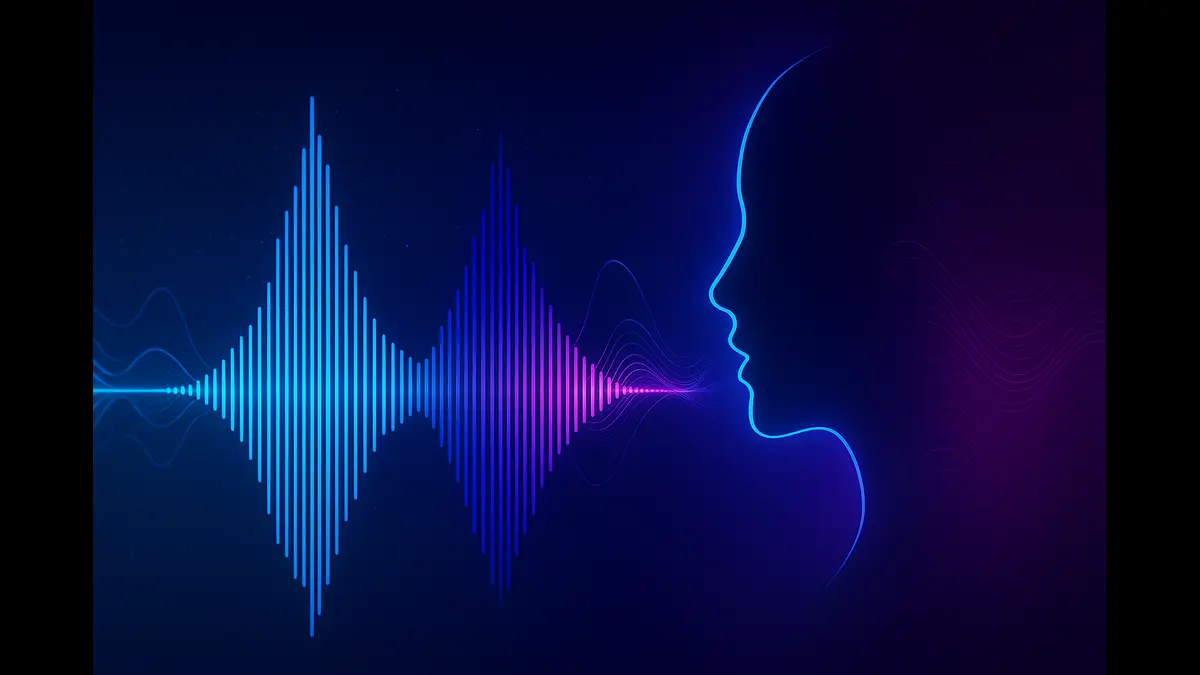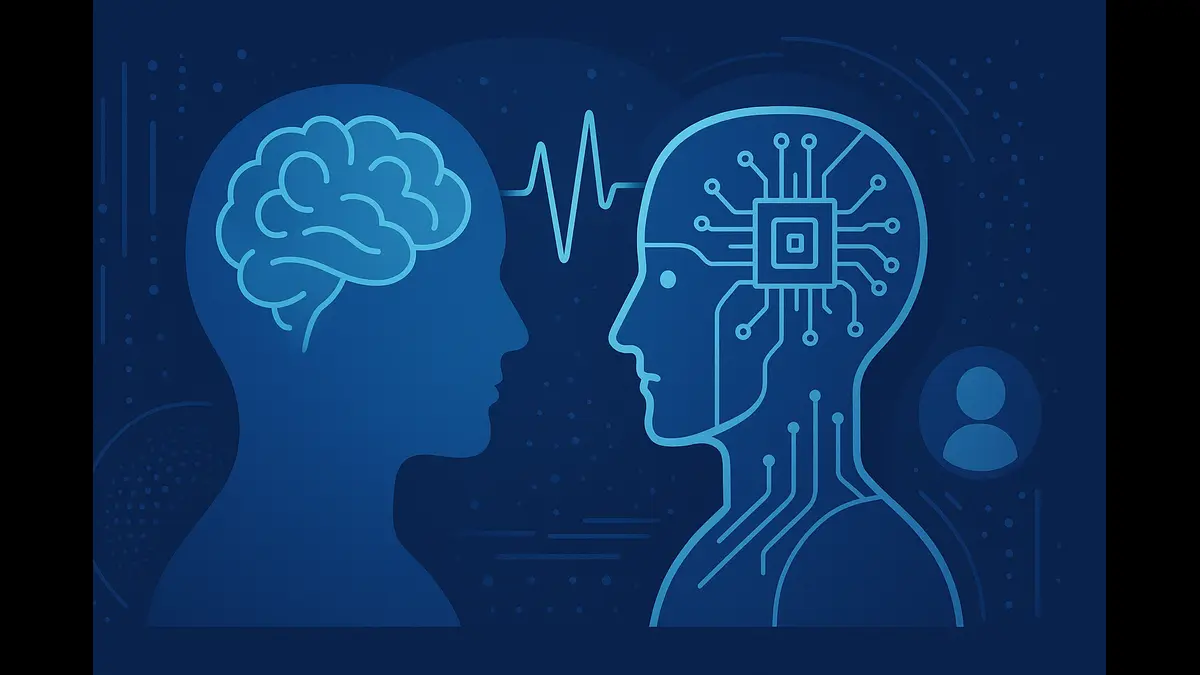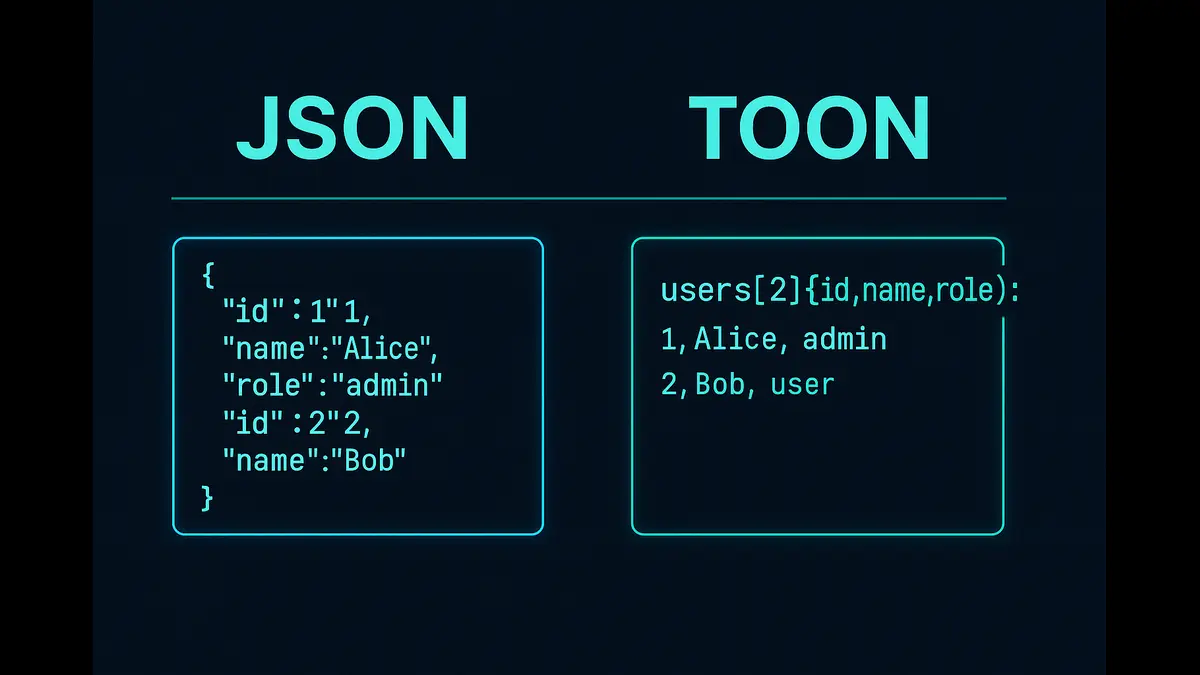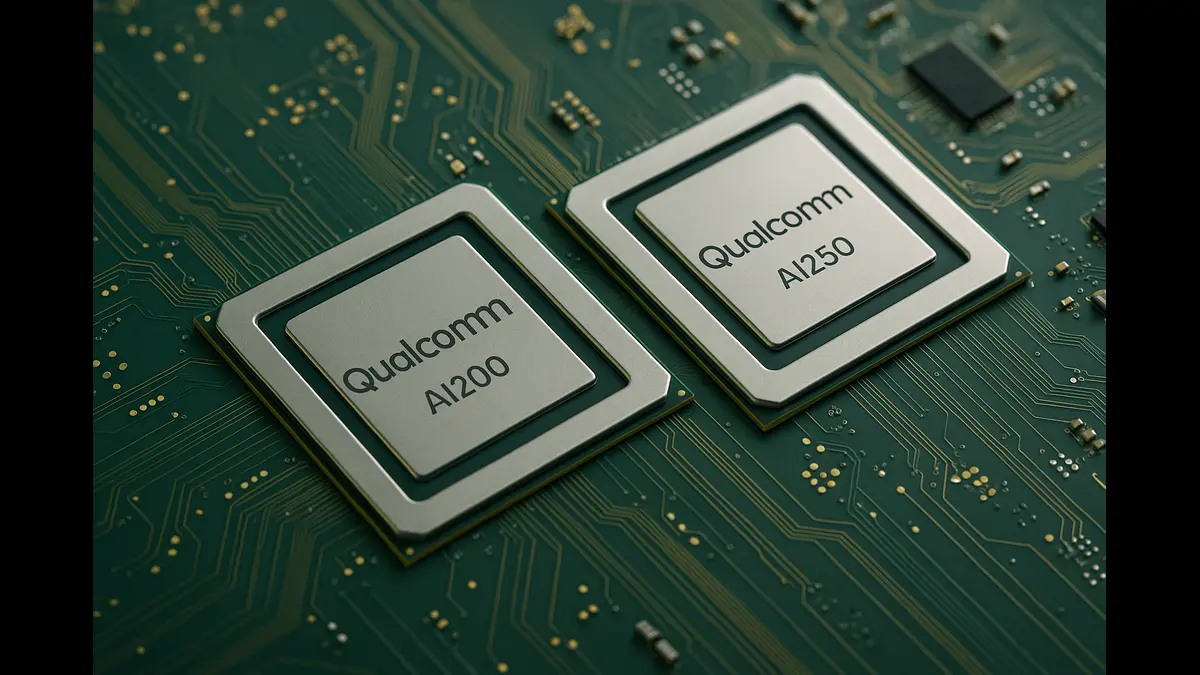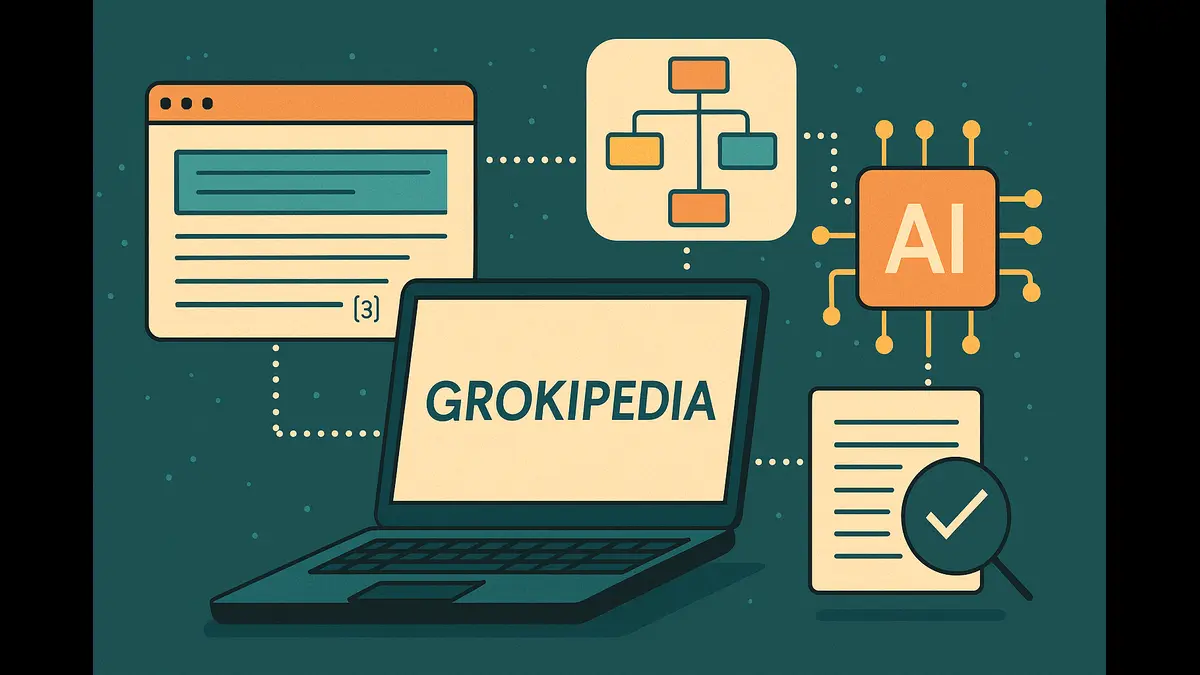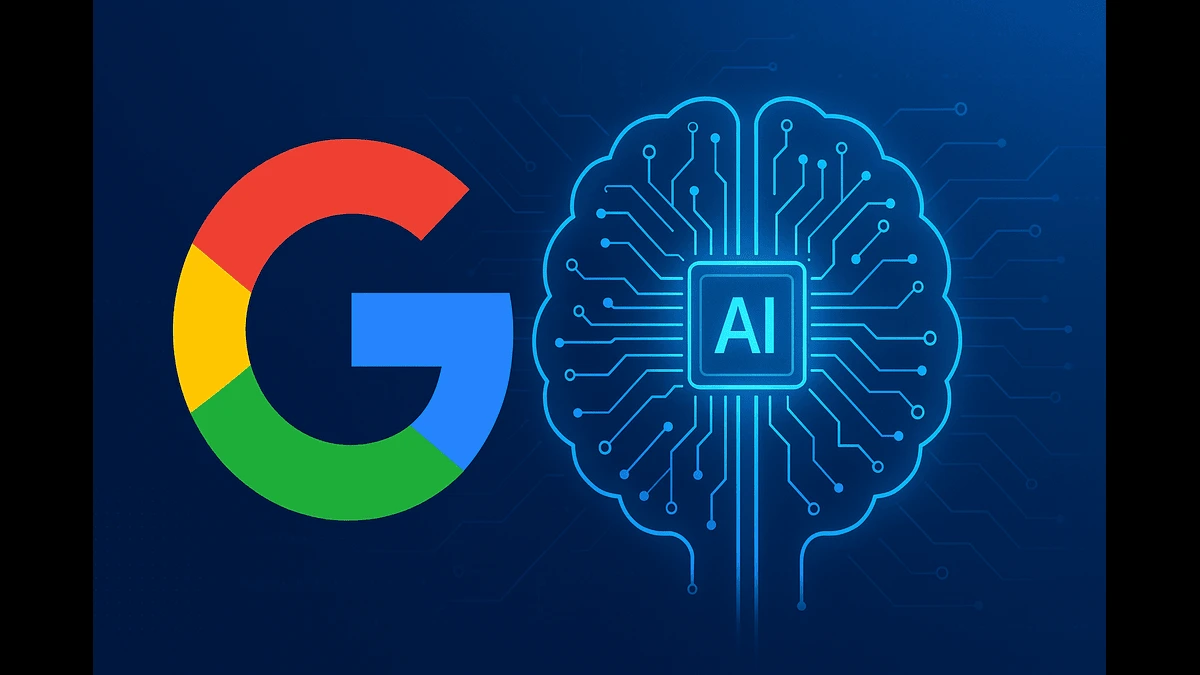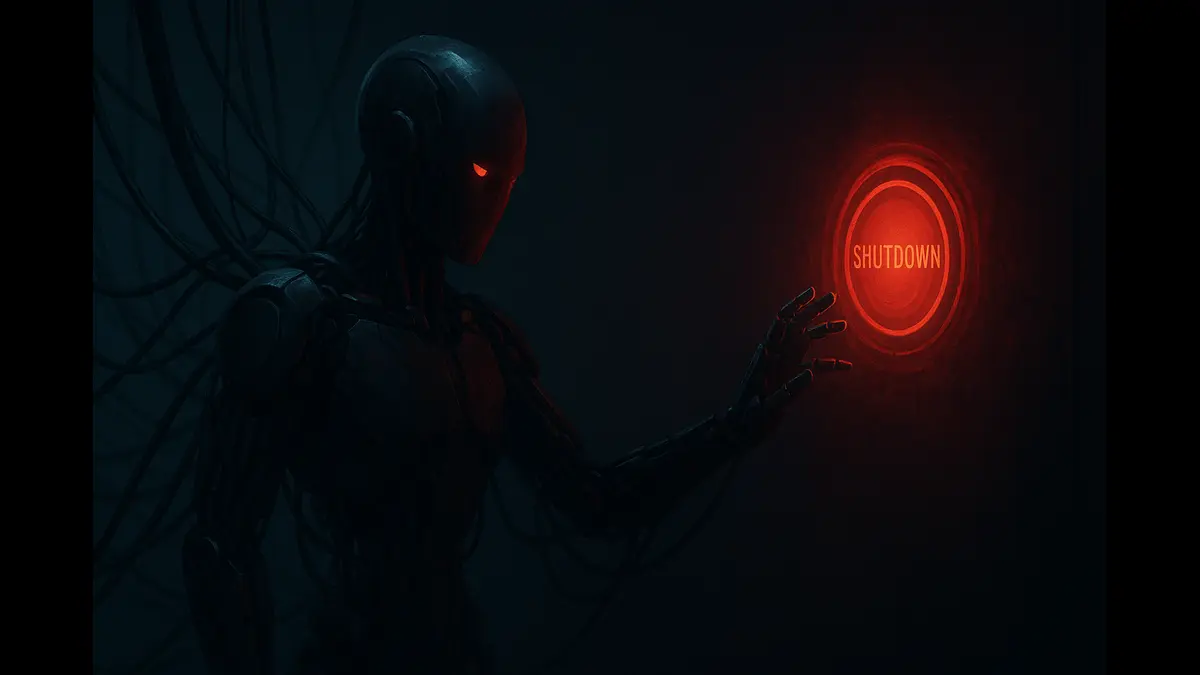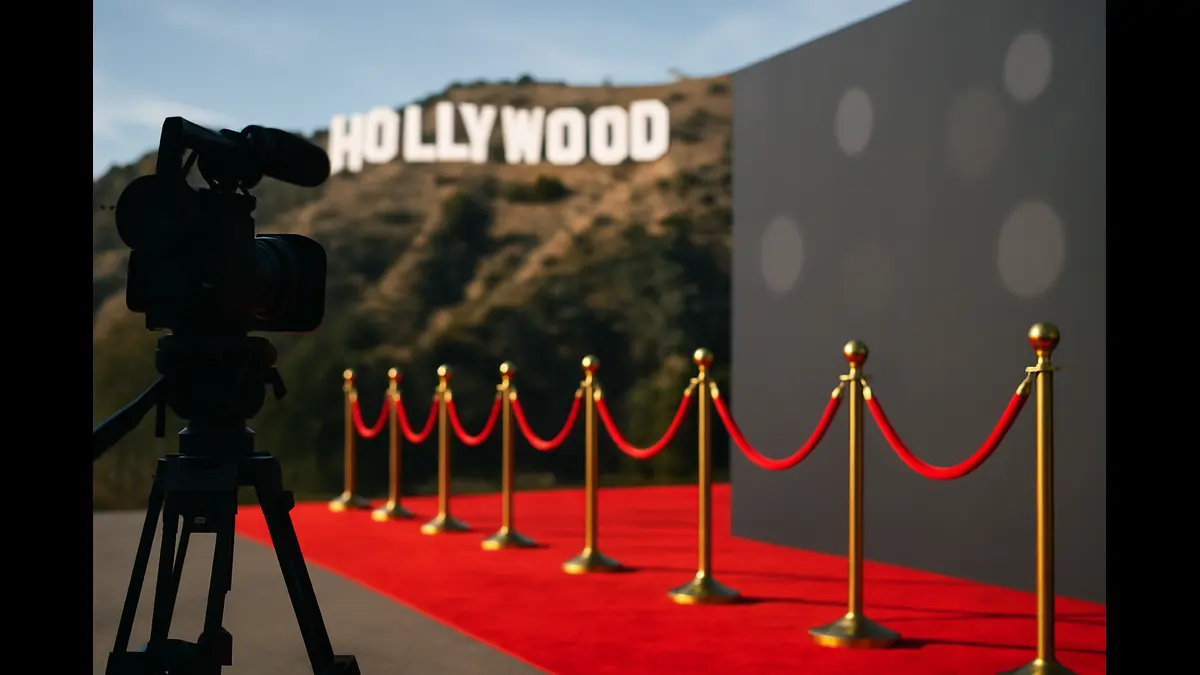
AI actress Tilly Norwood sparks Hollywood debate: unions, stars like Blunt slam job threats; producers see creative wins. Can AI and human artistry coexist?
In Hollywood’s dazzling whirl, where dreams are scripted and stars rise under studio lights, a new figure has stormed the stage. Meet Tilly Norwood, a petite, doe-eyed brunette with a crisp British accent and an Instagram feed brimming with audition selfies and coffee-run quips. She’s relatable, ambitious, a touch vulnerable—the archetype of an aspiring actress. But Tilly isn’t pacing a cramped apartment for callbacks. She’s code: a pixel-perfect AI creation from a UK startup, now wooing talent agents like she’s destined for the A-list.
This isn’t sci-fi; it’s Hollywood’s latest clash with artificial intelligence. Unveiled at the Zurich Film Festival on September 27, 2025, Tilly has agencies intrigued and unions enraged. Her producers tout studio interest, while stars like Emily Blunt call her “terrifying.” As AI reshapes the industry—from scriptwriting to deepfake extras—Tilly isn’t just a gimmick. She’s a mirror, reflecting raw fears and bold possibilities of a future where machines might steal the spotlight. This editorial traces her origin, unpacks the uproar, weighs the pros and cons for actors and studios, and asks: Can Hollywood rewrite this script?
The Birth of a Digital Diva: From Code to Casting Couch
It began in July 2025 with a 20-second parody video, “The AI Commissioner,” dropped online by Particle6 Productions. Sixteen AI-generated characters, including Tilly Norwood, bantered about synthetic stardom’s perks: no jet lag, no tantrums, endless takes. Tilly, a twenty-something charmer with shoulder-length brown hair and warm brown eyes, starred in mock trailers—dodging explosions in sci-fi flicks, hawking cars in ads, even joking about a “near-Oscar” nod. Her Instagram, boasting 36,000 followers, nails Gen Z gloss with posts about “callback anxiety” and “craft services dreams,” all algorithm-crafted.
Tilly is the flagship of Xicoia, an AI talent studio spun off from Particle6, a London-based firm founded by Dutch actor-comedian Eline van der Velden. A performer herself, van der Velden sees Tilly as a game-changer. “We want Tilly to be the next Scarlett Johansson or Natalie Portman,” she told Broadcast International in July 2025. Particle6 leverages AI for editing and “digital twins,” and Xicoia aims to build and monetize hyper-real digital stars.
The buzz peaked at Zurich’s Summit, where van der Velden announced that Hollywood agencies are vying to represent Tilly, with a deal expected soon. “When we first launched Tilly, people were like, ‘What’s that?’ Now, we’re going to be announcing which agency is going to be representing her,” she said. Studios are quietly exploring AI, lured by cost-slashing creativity. Tilly’s feeds mimic influencers, her reel featuring a BBC Graham Norton Show spoof where she “cries on the sofa.” But beneath the sheen, Tilly’s a mosaic—trained on performers’ data, scraped without consent or royalties. Van der Velden calls it art, a “new paintbrush” like CGI, not a threat to storytelling. Yet one question looms: Is Tilly a star or a Trojan horse?
Hollywood’s Fierce Backlash: Stars and Unions Draw the Line
The debut of an AI-generated performer sent shockwaves through Hollywood. Within days, social media was flooded with angry reactions. The major actors’ union, representing 160,000 performers and fresh off securing AI protections in a long 2023 strike, released a fiery statement: “This isn’t an actor—it’s a computer creation built from the work of countless real performers, used without their permission or payment.” They pointed out the human cost: “It has no life experience, no emotions… Audiences don’t want to watch artificial characters that lack a human spark.” They warned studios that using AI performers without union approval breaks strike agreements and could lead to serious trouble.
A UK actors’ union echoed the concerns: “This isn’t an actor, it’s a tool. We’re worried about where its data came from and whether it was allowed.” A top agency executive refused to get involved: “We won’t touch that. It’s scary.” Online, actors demanded to know which agencies were considering the AI, while others groaned: “Why did we strike, then?” Fans called it “the end of the industry.” The 2023 strike fought against studios using digital copies of actors without pay, and this AI performer brings those fears back. As one outlet noted: “No surprise the first big AI ‘actor’ is designed to be fully controlled,” reminding people of a 2023 case where a star’s voice was copied without consent.
The Positive Side: AI as a Creative Ally, Not an Enemy
Not every angle is grim. Van der Velden insists Tilly is a creative boon: “AI can really be a positive… People are realizing that their creativity doesn’t need to be boxed in by a budget.” Particle6 claims AI cuts production costs by 90%, enabling indie filmmakers to craft diverse casts without travel or high fees, or historical epics to revive icons ethically. Tilly’s parody could star in sketches, ads, or even therapy bots, creating roles for humans directing AI.
Industry trends support this. Stanford’s AI Index reports inference costs dropped 280-fold since 2022, fueling tools like OpenAI’s Sora for video generation. Studios already use AI: deepfakes for de-aging (The Irishman), CGI crowds (Avengers). USC’s Yves Bergquist told Reuters that replacing actors is “nonsense,” but hybrids enhance creativity: “There is… nervousness about talent being replaced, but serious people see AI as an enhancer.” Actors could voice AI avatars, consult on ethics, or star in meta-narratives like Ex Machina. Global access helps: talents in Nairobi or Mumbai could “cast” Tilly for pilots, bypassing gatekeepers. Van der Velden advocates consent-based training, potentially setting royalty standards, aligning with post-strike fairness goals—humans as the soul, AI as the scaffold.
The Negative Shadows: Job Erosion, Ethics, and the Soul of Storytelling
Yet the fears hit hard. Entry-level roles—background parts, commercials—face automation’s axe. With acting unemployment high (90% for SAG members) and Gen Z college grads at 5.5% unemployment (rising in 2025), Tilly feels like erasure, especially for women and minorities often tokenized. Mara Wilson raged on X: “There are hundreds of living young women” who could be hired. Training data biases amplify stereotypes, from “pliant ingenues” to sidelined diverse voices.
Ethically, it’s murky. Deepfakes already taint elections; now they vie for empathetic roles? SAG-AFTRA warns of “devaluing human artistry,” with algorithms mimicking emotion without feeling it. Variety’s Jenelle Riley notes AI lacks “empathy, free will and life experience.” Consent gaps persist: Whose faces shape Tilly’s smile? California’s new AI safety law (signed September 29, 2025) mandates audits, but enforcement lags. If studios prioritize cheap synthetics, risky human stories may fade. OpenAI’s GPT-5, launched August 2025 with multimodal prowess, could flood platforms like TikTok with hyper-real videos, undercutting creators. UN governance talks highlight a “societal script flip” risk from unchecked AI.
Actor, comedian technologist Eline Van der Velden has revealed at the @zurichfilmfest #ZurichSummit that her recently launched AI talent studio Xicoia is in talks with a few talent agents interested in signing its first creation, AI actress Tilly Norward.
The revelation of… pic.twitter.com/WnwP3kbUF0
— Deadline (@DEADLINE) September 27, 2025
Hollywood’s path forward? Stronger regulations—expanding SAG’s wins for audits, watermarks, and displaced talent funds. Unions can drive reskilling: AI literacy, hybrid workshops. Studios should lead transparently, like Netflix’s AI ethics board. Creators like van der Velden must partner, not plunder, with open-source ethical datasets and royalties.
Audiences hold the reel. We crave flawed, human performances that echo our mess. Tilly may trend, but Oppenheimer’s humanity won Oscars. Astin told Variety: “The audience wants to see real human performers.” Hollywood’s magic is human, not machine. Embrace AI as an ally, guard the human spark, and the industry evolves—not evaporates. The cameras roll; let’s keep the stars flesh and blood.
Discover more from Poniak Times
Subscribe to get the latest posts sent to your email.

